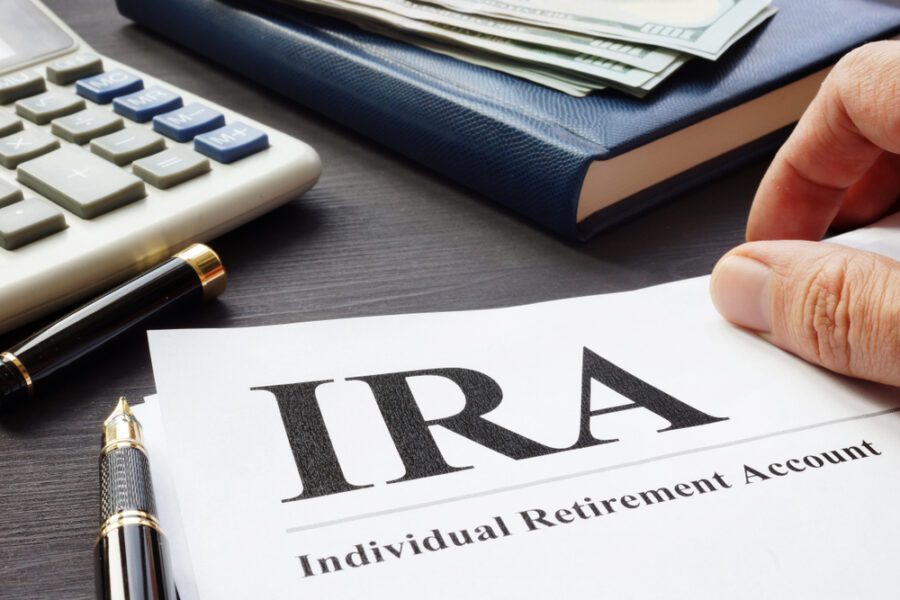
IRA income phase-out range
Individuals who make a particular amount of money begin to see a tax cut in their IRA contribution limits if they’re covered by a workplace plan.
If they have a traditional IRA, the phaseout range for 2023 will start at $73,000 and will end at $83,000 for single taxpayers that are covered by a workplace retirement plan.
This means that single filers who earn over $83,000 in 2023 won’t be able to contribute to an IRA if they’re covered by a workplace plan. In 2022, that range started at $68,000 and went to $78,000.
For married couples who file jointly in 2023, the phaseout range is between $116,000 to $136,000 if the partner making the contribution is covered by a workplace plan. In 2022 that range was between $109,000 and $129,000.
If one spouse doesn’t have a workplace plan, but the other one does, the spouse who doesn’t have a plan has a 2023 phase-out range between $218,000 and $228,000. That particular range was $204,000 to $214,000 in 2022.
A married person filing a separate return from their spouse who’s covered by a workplace plan will have a phaseout range of $0 to $10,000 and is unaffected by any annual tax cuts.
Be aware that these limits only apply to individuals with access to a workplace retirement plan.









